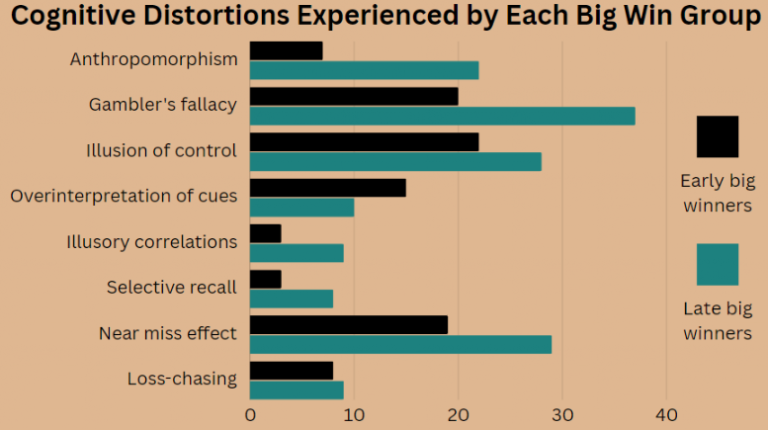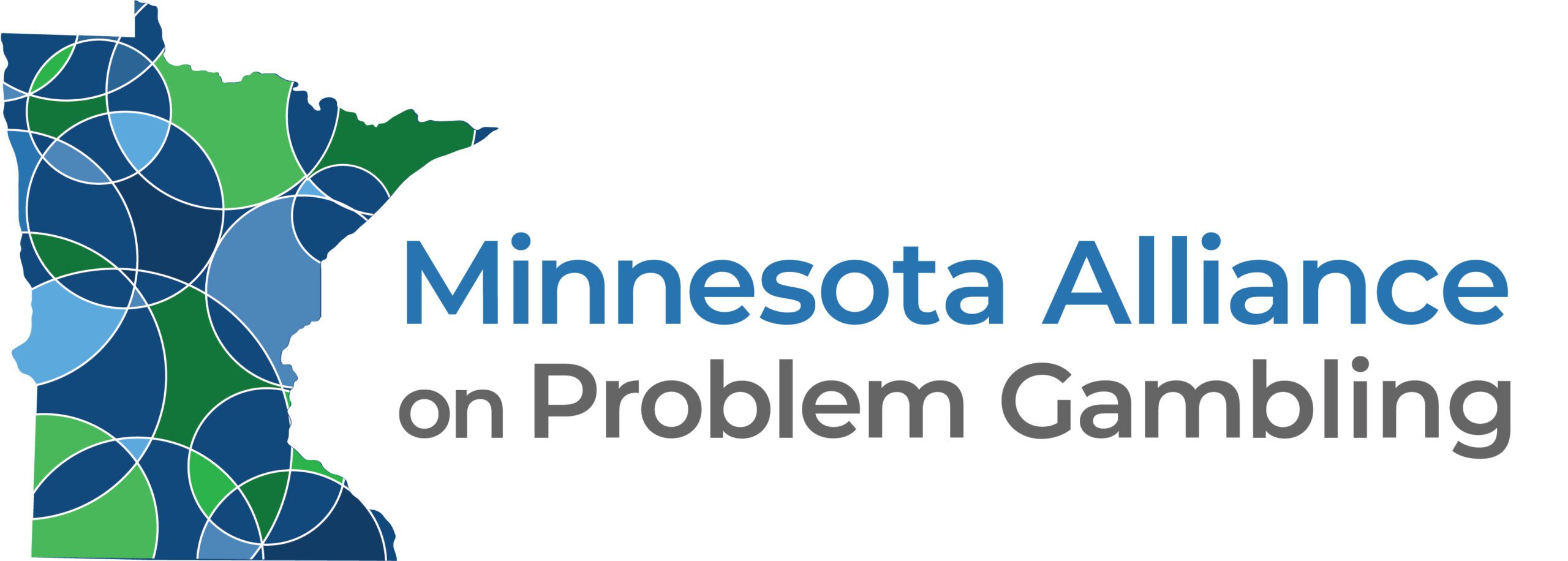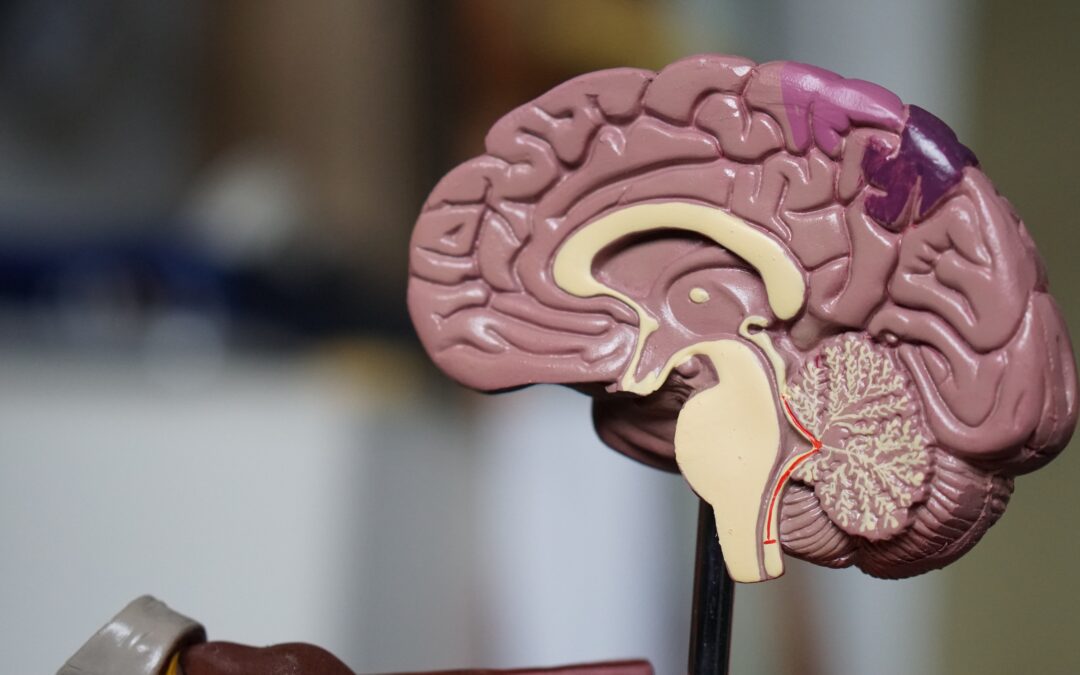Read the original article on The BASIS here.
By John Slabczynski
Editor’s Note: Today’s review is part of our month-long Special Series on Addiction Myths and Misinformation. Throughout November, The BASIS is showcasing the dangers of myths and misinformation related to addiction.
People who experience gambling problems often hold irrational beliefs around gambling that encourage further involvement. For example, people who are on a losing streak may continue to gamble due to the belief that they are due for a win after so many losses (the gambler’s fallacy), while the hot hand fallacy can make someone think that wins will continue after a winning streak. Cognitive distortions like these can be rooted in misinterpretations of mathematics and are sometimes part of the constellation of factors that lead to gambling problems. Other factors related to the development of gambling problems, such as experiencing big wins and loss chasing, are closely related to these cognitive distortions. Therefore, understanding how these factors relate to one another is important for intervention and treatment efforts. This week, as part of our Special Series on Addiction Myths and Misinformation, The WAGER reviews a study by Róbert Krébesz and colleagues that examined how people experience cognitive distortions following a big win on a simulated slot machine.
What were the research questions?
(1) How do people experience cognitive distortions while gambling? (2) How do big wins influence the experience of cognitive distortions, and does this influence depend on when the big win occurs?
What did the researchers do?
Fourteen participants aged 18+ who reported that they did not gamble participated in a simulated slot machine experiment. The researchers preprogrammed the first 90 spins on the slot machine to award a big win in either the first 30 spins or between the 30th and 60th spins1. Participants who experienced a big win in their first 30 spins constituted the first group, early big winners, while participants who experienced a big win between their 30th and 60th spins made up the second group, late big winners. Throughout the experiment, participants continuously vocalized their thoughts and emotions out loud. These vocalizations were recorded and transcribed, and made up the primary data for the study. The research team coded these transcripts using a content analysis approach to indicate whether they contained cognitive distortions and if so, which ones.
What did they find?
This sample of non-gamblers displayed several cognitive distortions, including anthropomorphism, the gambler’s fallacy, illusion of control, over-interpretation of cues, illusory correlations, selective recall, near miss effect, and loss-chasing2. Of these, the most common were the gambler’s fallacy (57 occurrences), illusion of control (46 occurrences), and near miss effect (47 occurrences). Notably, cognitive distortions occurred most frequently in the phases where big wins occurred (i.e., the first 60 spins), yet were relatively rare in the final phase where no big win occurred (i.e., the last 30 spins). In terms of the timing of the big win, participants showed some differences in the types of cognitive distortions they experienced depending on when the win occurred (see Figure).

Cognitive distortions emerge following a big win on a simulated slot machine.
Figure. Displays the frequency of each type of cognitive distortion for both early and late big winners (N = 7 in each group). Three additional types of cognitive distortions were coded for, but these distortions (omnipotence, flexible attributes, and superstitious beliefs) were not present in either group. Click image to enlarge.
Why do these findings matter?
These findings are important for two reasons. First, they suggest that cognitive distortions may be an important focus of prevention efforts even for people who have not begun to experience gambling harm. For instance, responsible gambling messages, like pop-up messages that appear on slot machines, remind gamblers about the odds of winning games or suggest that players take frequent breaks. This study suggests a role for correcting cognitive distortions in these messages. Furthermore, the results suggest that pop-ups and other responsible gambling interventions focused on correcting gambling myths and misconceptions might be more effective if administered directly following a big win, such as after a player wins a slot machine jackpot.
Every study has limitations. What are the limitations in this study?
This study was a lab-based experiment and did not require participants to gamble with their own money, so the behavior of participants in this study might differ from the behavior of someone operating in an actual gambling environment. Additionally, the simulated slot machine in this experiment did not include features such as lights and sounds that are common to modern electronic gaming machines. Finally, this was a small study so results need to be replicated with a larger sample.
For more information:
Individuals who are concerned about their gambling may benefit from visiting the National Council on Problem Gambling or through interacting with Gamblers Anonymous. Additional resources can be found at The BASIS Addiction Resources page.

